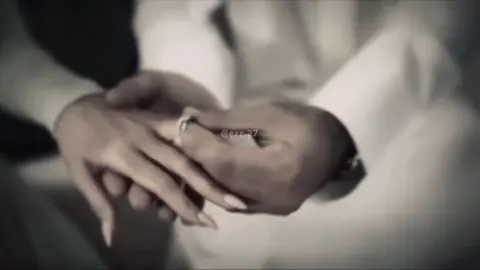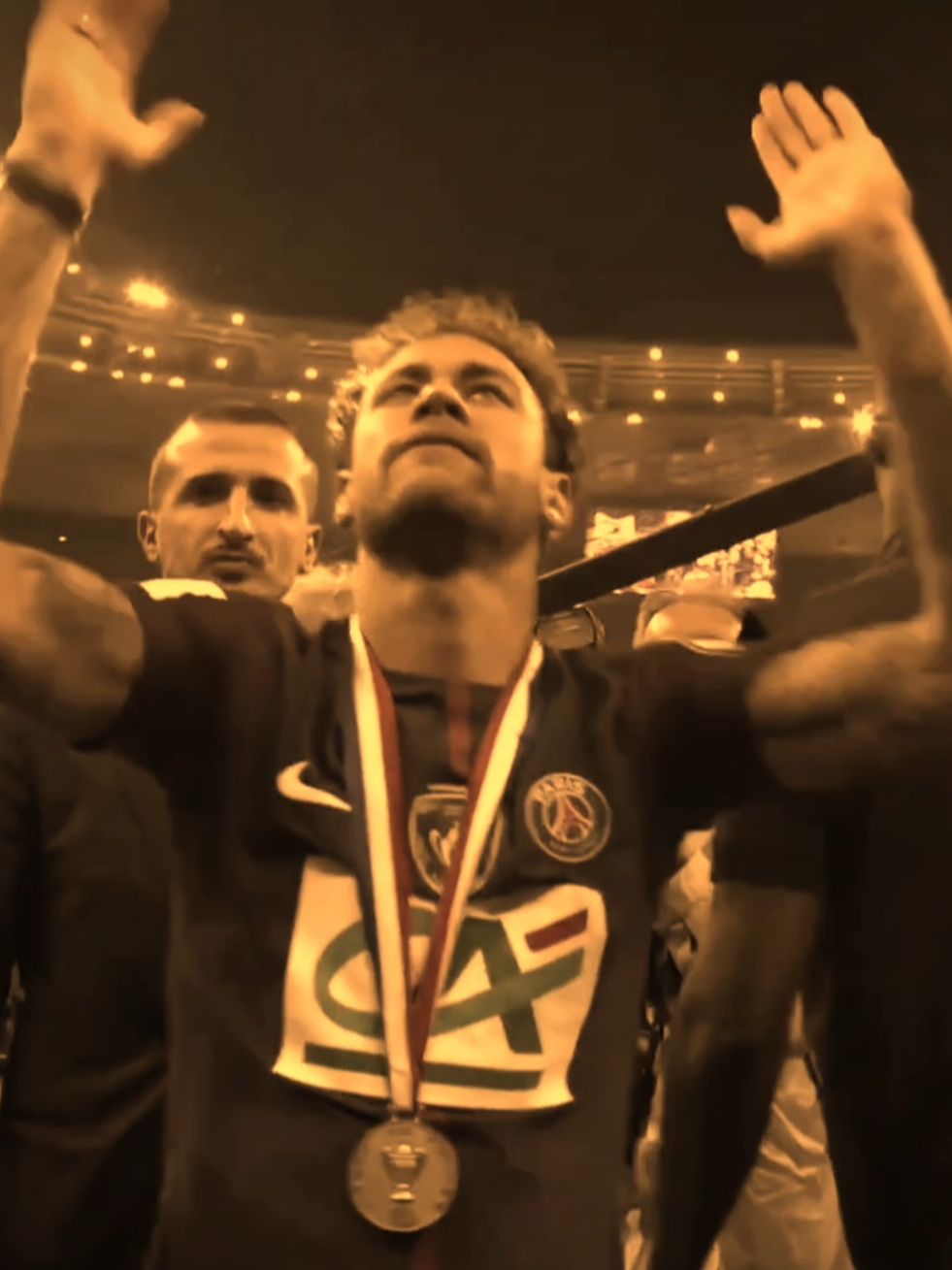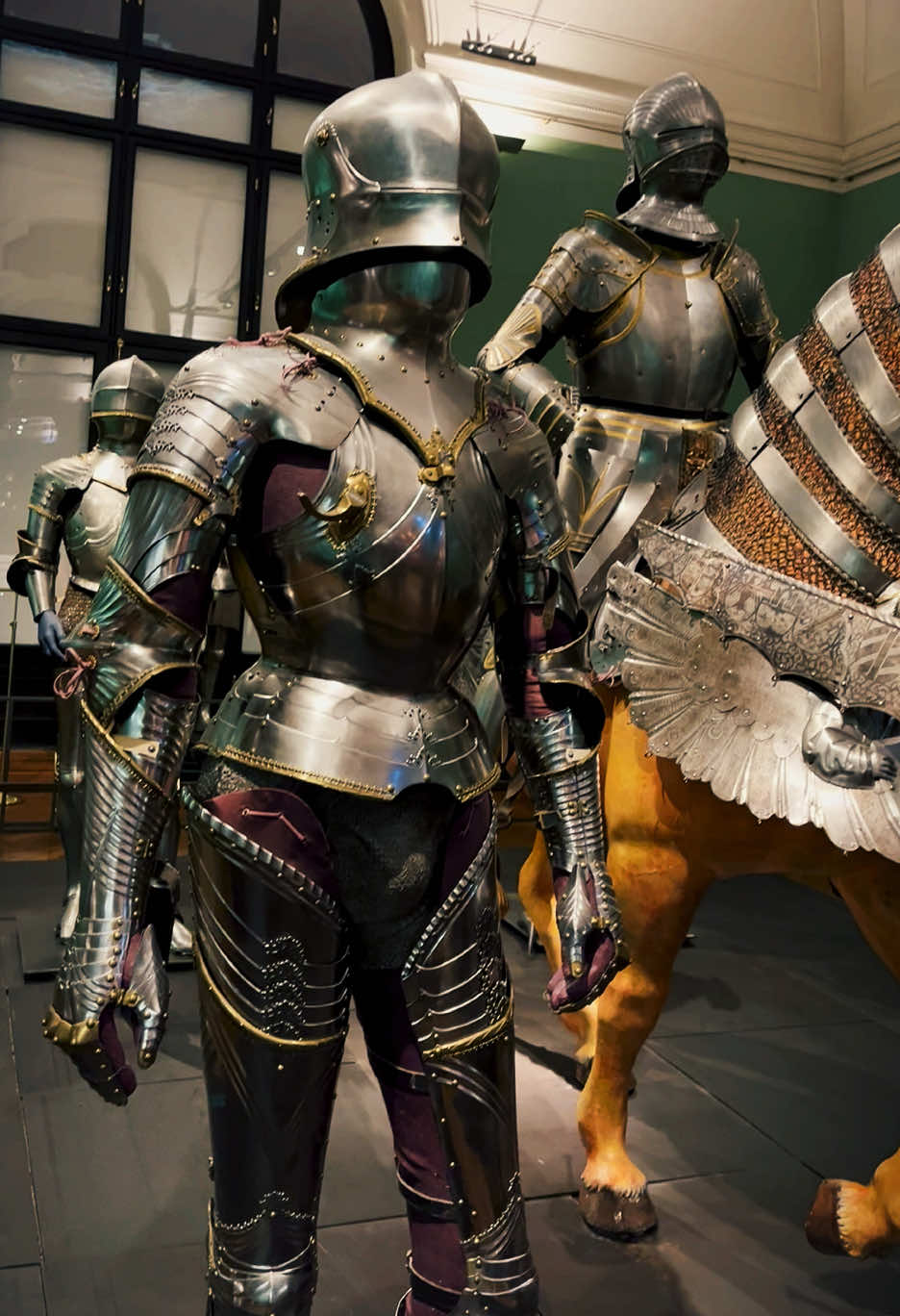Matylda
Region: PL
Saturday 24 August 2024 17:04:41 GMT
7351
1450
32
32
Music
Download
Comments
dii :
how does it feel to live my dream?
2024-08-24 17:11:57
15
lucie :
Omg j’y étais aussi mais j’ai pas pu monter sur scène, je suis mineure :/ Je suis trop contente pour toi omg
2024-08-24 17:55:00
11
Mario22 :
one day,in future,people will talk about Maneskin and You were part of that
2024-08-24 17:40:38
2
Juᥫ᭡ :
ohh on a rencontré ta mère pendant maneskin, on était toutes contentes avec ma marraine aussi de te voir sur scène ! un rêve de réaliser 🫶🏻
2024-08-28 19:16:43
1
Vii🧟♂️ :
how does it feel???(im not being mean Ive never experienced and I probably wont, I need to hear your pov.)
2024-08-27 05:30:55
1
Jade :
I was on stage too omg I miss them so much
2024-08-25 16:11:14
1
I Z Z Y 🦕 :
omg how did you even do it? there was no vip Tickets
2024-08-24 21:31:22
1
Milla🦋 :
Know the feeling🥺 still in shock and it was like three months ago
2024-08-24 18:07:01
1
larwa_kruszynka:) :
Ja też tak chcę😭😭😭
2024-10-18 20:26:45
0
Moon💗 :
Omg you’re so lucky 😭
2024-10-16 11:32:04
0
#soy* :
Ando buscando fans de maneskin
2024-09-23 18:39:58
0
Stefånnie🧩🔪🌀 :
Hellou, I'm Stefannie and you will see me in all måneskin videos (if I'm not there, tag me) 🖤🤘🎸
2024-09-14 00:57:27
0
mar :
hola mi nombre es mar y me verás en todos los vídeos de måneskin 💖 (si no estoy en uno etiquetame)
2024-09-06 18:08:10
0
Dana Shtyka | іg s.h.t.y.k.a :
Jak ci sie udalo? 😍🥹🥹
2024-08-25 22:52:50
0
To see more videos from user @matyldastryszowska, please go to the Tikwm
homepage.





